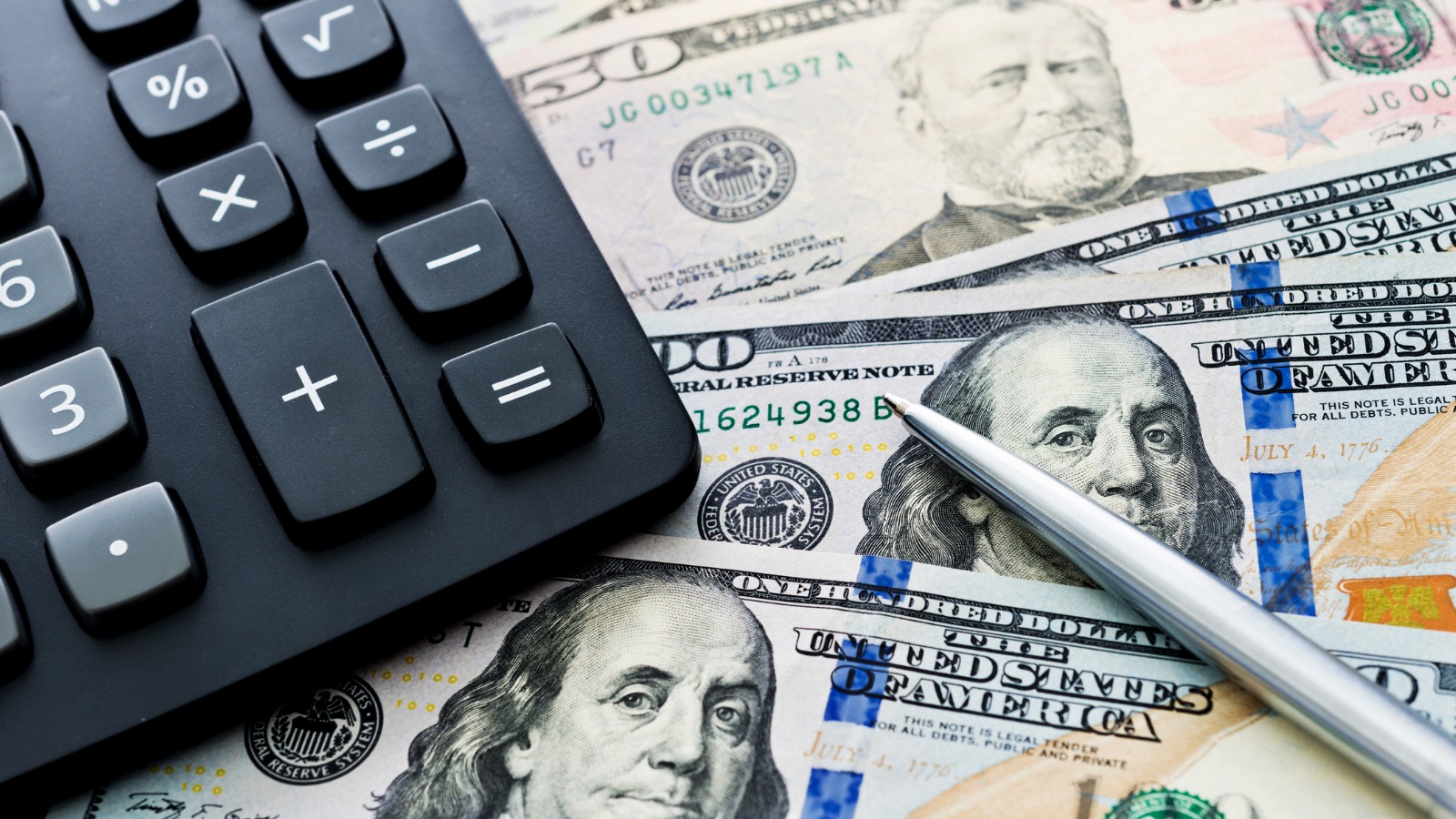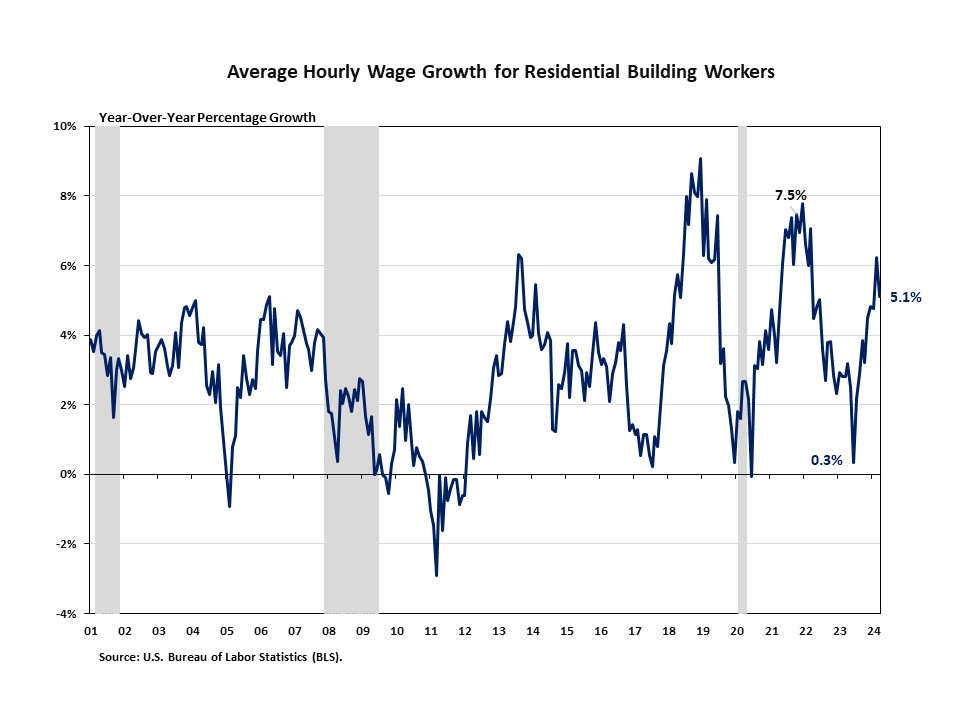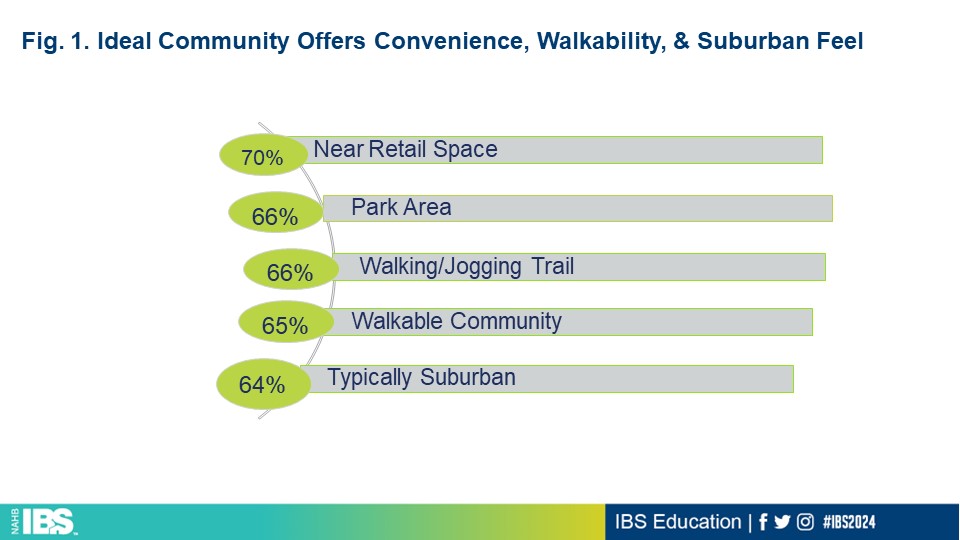Housing’s share of the economy remained at 15.9% at the end of the third quarter of 2023. Overall GDP increased at a 4.9% annual rate, following a 2.1% increase in the second quarter of 2023 and 2.2% increase in the first quarter of 2023. Housing’s share of GDP remained at 15.9% for the third consecutive quarter in 2023.
In the third quarter, the more cyclical home building and remodeling component – residential fixed investment (RFI) – remained level at 3.9% of GDP. RFI added 15 basis points to the headline GDP growth rate in the third quarter of 2023. This was the first time, following nine consecutive quarters, where RFI contributed positively to GDP growth. Housing services added 42 basis points to GDP growth, the highest level of contribution for any household consumption expenditure on services.

Housing-related activities contribute to GDP in two basic ways.
The first is through residential fixed investment (RFI). RFI is effectively the measure of the home building, multifamily development, and remodeling contributions to GDP. It includes construction of new single-family and multifamily structures, residential remodeling, production of manufactured homes and brokers’ fees.
For the third quarter, RFI was 3.9% of the economy, recording a $1.0 trillion seasonally adjusted annual pace.
The second impact of housing on GDP is the measure of housing services, which includes gross rents (including utilities) paid by renters, and owners’ imputed rent (an estimate of how much it would cost to rent owner-occupied units) and utility payments. The inclusion of owners’ imputed rent is necessary from a national income accounting approach, because without this measure, increases in homeownership would result in declines for GDP.
For the third quarter, housing services represented 12.0% of the economy or $3.3 trillion on a seasonally adjusted annual basis.
Taken together, housing’s share of GDP was 15.9% for the third quarter.
Historically, RFI has averaged roughly 5% of GDP while housing services have averaged between 12% and 13%, for a combined 17% to 18% of GDP. These shares tend to vary over the business cycle. However, the housing share of GDP lagged during the post-Great Recession period due to underbuilding, particularly for the single-family sector.
Discover more from Eye On Housing
Subscribe to get the latest posts to your email.




This consistency is crucial for those considering construction projects and seeking construction loans. A steady housing sector can instill confidence in potential borrowers and lenders alike. As the housing market remains a substantial component of the economy, individuals and businesses pursuing construction endeavors may find this environment favorable for securing construction loans with a reasonable level of confidence in the market’s stability and long-term prospects.